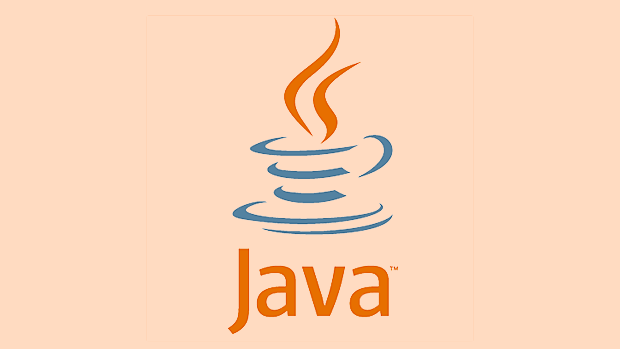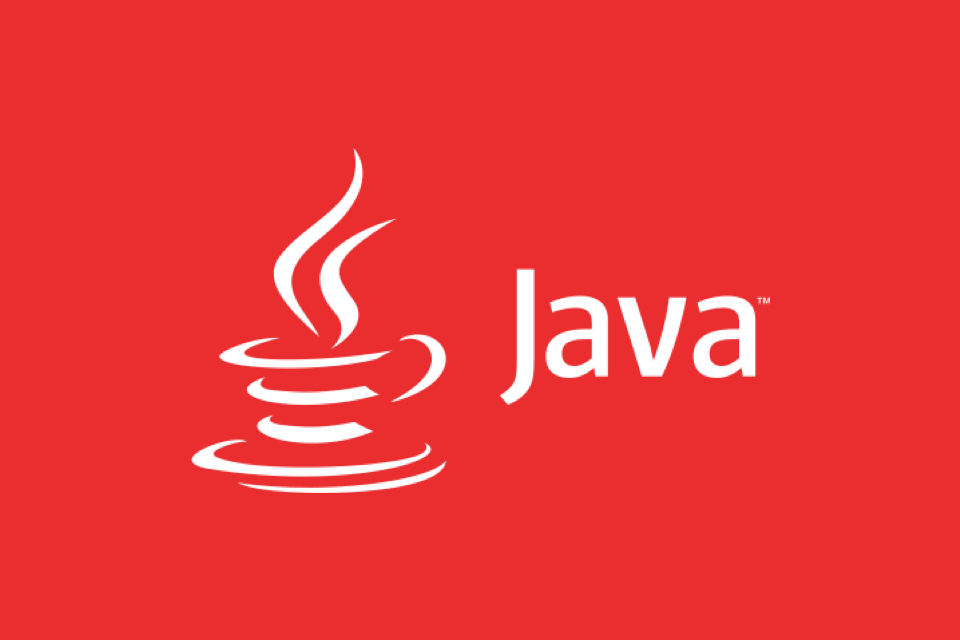Java Application Monitoring with Prometheus and Grafana
Jul 28, 2025 am 02:37 AMUse Micrometer to expose metrics in Java applications. By adding dependencies and configuring Spring Boot Actuator, the application outputs monitoring data in Prometheus format at the /actuator/prometheus endpoint; 2. Configure Prometheus' scrape_configs, add job_name to the 'java-app' crawling task, specify metrics_path and targets to regularly collect Java application metrics, and verify the acquisition status through Prometheus' Targets page; 3. Start Grafana and add Prometheus as the data source, and quickly build a visual monitoring panel for key metrics such as JVM memory, threads, GC, HTTP requests, etc. by importing community templates (such as IDs 4701 and 2588); 4. Register custom business metrics (such as order processing count) through MeterRegistry, query and use Grafana to display business trends, thereby achieving comprehensive monitoring at the system and business level. This solution implements a complete monitoring link from indicator exposure, acquisition and storage to visual display of Java applications, effectively supporting system stability and performance optimization.

Monitoring of Java applications is crucial to ensuring system stability and performance. Prometheus and Grafana are the most popular open source monitoring combinations: Prometheus collects and stores metric data, while Grafana is used for visual display. Using them for Java application monitoring allows you to quickly build a powerful, flexible and scalable monitoring system.

The following are key steps and best practices for implementing Java application monitoring.
1. Expose monitoring metrics in Java applications (using Micrometer Prometheus)
To allow Prometheus to crawl metrics for Java applications, you first need to expose an HTTP interface in the application and return the format that Prometheus is readable (usually /metrics or /actuator/prometheus ).

Micrometer is recommended : It is a de facto standard metric facade in the Java field, supports multiple monitoring systems (including Prometheus), and integrates seamlessly with Spring Boot.
Add dependencies (Maven example):
<dependency>
<groupId>io.micrometer</groupId>
<artifactId>micrometer-core</artifactId>
</dependency>
<dependency>
<groupId>io.micrometer</groupId>
<artifactId>micrometer-registry-prometheus</artifactId>
</dependency>Configure Spring Boot Actuator (Spring Boot user):
# application.yml
Management:
endpoints:
web:
exposure:
include: health,info,metrics,prometheus
metrics:
tags:
application: ${spring.application.name} After starting the application, visit http://localhost:8080/actuator/prometheus and you should see something like:

# HELP jvm_memory_used_bytes
# TYPE jvm_memory_used_bytes gauge
jvm_memory_used_bytes{area="heap",id="PS Old Gen",} 2.3405672E7
...This indicates that the indicator has been successfully exposed.
2. Configure Prometheus crawling metrics
Prometheus needs to configure a job to regularly crawl your Java application metrics.
Modify prometheus.yml :
scrape_configs:
- job_name: 'java-app'
metrics_path: '/actuator/prometheus'
static_configs:
- targets: ['host.docker.internal:8080'] # If it is a local Docker, or using the actual IPNote: If the Java application is running in a Docker container,
targetsshould use an address accessible to the Docker network, such asyour-service:8080.
Start Prometheus:
docker run -d -p 9090:9090 -v $(pwd)/prometheus.yml:/etc/prometheus/prometheus.yml prom/prometheus
Visit http://localhost:9090 and confirm that your Java application status is "UP" on the "Targets" page.
3. Use Grafana to display the monitoring panel
Grafana is used to connect to Prometheus data sources and display key metrics such as JVM, HTTP requests, and GC through a graphical panel.
Start Grafana:
docker run -d -p 3000:3000 grafana/grafana
Visit http://localhost:3000 , the default account password is admin/admin .
Add Prometheus data source:
- Go to Configuration > Data Sources > Add data source
- Select Prometheus
- Fill in the URL:
http://host.docker.internal:9090(or the address where the Prometheus container is located) - Click Save & Test to confirm that the connection is successful
Importing Java Monitoring Panel
Recommended templates maintained by Grafana official community:
- JVM Micrometer Dashboard (ID: 4701)
- Spring Boot Statistics (ID: 2588)
Import method:
- Enter Create > Import
- Enter the panel ID (such as
4701) - Select the Prometheus data source
- Click Import
You will see the following monitoring information:
- JVM memory usage (heap/non-heap)
- Number of threads
- GC times and time consumption
- HTTP request latency and throughput
- CPU Usage
4. Custom business metrics (optional but recommended)
In addition to system indicators, you can also monitor business logic, such as order processing, cache hit rate, etc.
Example: Record order processing times
@Autowired
private MeterRegistry registry;
public void processOrder(Order order) {
Counter counter = registry.counter("orders.processed", "type", order.getType());
counter.increment();
// Processing logic...
}You can query in Prometheus:
orders_processed_total{type="premium"}Then add a chart in Grafana to monitor business trends.
Basically that's it. The whole process is not complicated, but very practical:
Java applications expose metrics through Micrometer → Prometheus crawl storage → Grafana visualization.
Once built, you can grasp the health of the application in real time and quickly locate memory leaks, high-latency requests and other issues.
The above is the detailed content of Java Application Monitoring with Prometheus and Grafana. For more information, please follow other related articles on the PHP Chinese website!

Hot AI Tools

Undress AI Tool
Undress images for free

Undresser.AI Undress
AI-powered app for creating realistic nude photos

AI Clothes Remover
Online AI tool for removing clothes from photos.

Clothoff.io
AI clothes remover

Video Face Swap
Swap faces in any video effortlessly with our completely free AI face swap tool!

Hot Article

Hot Tools

Notepad++7.3.1
Easy-to-use and free code editor

SublimeText3 Chinese version
Chinese version, very easy to use

Zend Studio 13.0.1
Powerful PHP integrated development environment

Dreamweaver CS6
Visual web development tools

SublimeText3 Mac version
God-level code editing software (SublimeText3)

Hot Topics
 A Developer's Guide to Maven for Java Project Management
Jul 30, 2025 am 02:41 AM
A Developer's Guide to Maven for Java Project Management
Jul 30, 2025 am 02:41 AM
Maven is a standard tool for Java project management and construction. The answer lies in the fact that it uses pom.xml to standardize project structure, dependency management, construction lifecycle automation and plug-in extensions; 1. Use pom.xml to define groupId, artifactId, version and dependencies; 2. Master core commands such as mvnclean, compile, test, package, install and deploy; 3. Use dependencyManagement and exclusions to manage dependency versions and conflicts; 4. Organize large applications through multi-module project structure and are managed uniformly by the parent POM; 5.
 Building RESTful APIs in Java with Jakarta EE
Jul 30, 2025 am 03:05 AM
Building RESTful APIs in Java with Jakarta EE
Jul 30, 2025 am 03:05 AM
SetupaMaven/GradleprojectwithJAX-RSdependencieslikeJersey;2.CreateaRESTresourceusingannotationssuchas@Pathand@GET;3.ConfiguretheapplicationviaApplicationsubclassorweb.xml;4.AddJacksonforJSONbindingbyincludingjersey-media-json-jackson;5.DeploytoaJakar
 Developing a Blockchain Application in Java
Jul 30, 2025 am 12:43 AM
Developing a Blockchain Application in Java
Jul 30, 2025 am 12:43 AM
Understand the core components of blockchain, including blocks, hashs, chain structures, consensus mechanisms and immutability; 2. Create a Block class that contains data, timestamps, previous hash and Nonce, and implement SHA-256 hash calculation and proof of work mining; 3. Build a Blockchain class to manage block lists, initialize the Genesis block, add new blocks and verify the integrity of the chain; 4. Write the main test blockchain, add transaction data blocks in turn and output chain status; 5. Optional enhancement functions include transaction support, P2P network, digital signature, RESTAPI and data persistence; 6. You can use Java blockchain libraries such as HyperledgerFabric, Web3J or Corda for production-level opening
 python property decorator example
Jul 30, 2025 am 02:17 AM
python property decorator example
Jul 30, 2025 am 02:17 AM
@property decorator is used to convert methods into properties to implement the reading, setting and deletion control of properties. 1. Basic usage: define read-only attributes through @property, such as area calculated based on radius and accessed directly; 2. Advanced usage: use @name.setter and @name.deleter to implement attribute assignment verification and deletion operations; 3. Practical application: perform data verification in setters, such as BankAccount to ensure that the balance is not negative; 4. Naming specification: internal variables are prefixed, property method names are consistent with attributes, and unified access control is used to improve code security and maintainability.
 css dark mode toggle example
Jul 30, 2025 am 05:28 AM
css dark mode toggle example
Jul 30, 2025 am 05:28 AM
First, use JavaScript to obtain the user system preferences and locally stored theme settings, and initialize the page theme; 1. The HTML structure contains a button to trigger topic switching; 2. CSS uses: root to define bright theme variables, .dark-mode class defines dark theme variables, and applies these variables through var(); 3. JavaScript detects prefers-color-scheme and reads localStorage to determine the initial theme; 4. Switch the dark-mode class on the html element when clicking the button, and saves the current state to localStorage; 5. All color changes are accompanied by 0.3 seconds transition animation to enhance the user
 css dropdown menu example
Jul 30, 2025 am 05:36 AM
css dropdown menu example
Jul 30, 2025 am 05:36 AM
Yes, a common CSS drop-down menu can be implemented through pure HTML and CSS without JavaScript. 1. Use nested ul and li to build a menu structure; 2. Use the:hover pseudo-class to control the display and hiding of pull-down content; 3. Set position:relative for parent li, and the submenu is positioned using position:absolute; 4. The submenu defaults to display:none, which becomes display:block when hovered; 5. Multi-level pull-down can be achieved through nesting, combined with transition, and add fade-in animations, and adapted to mobile terminals with media queries. The entire solution is simple and does not require JavaScript support, which is suitable for large
 How to use Java MessageDigest for hashing (MD5, SHA-256)?
Jul 30, 2025 am 02:58 AM
How to use Java MessageDigest for hashing (MD5, SHA-256)?
Jul 30, 2025 am 02:58 AM
To generate hash values using Java, it can be implemented through the MessageDigest class. 1. Get an instance of the specified algorithm, such as MD5 or SHA-256; 2. Call the .update() method to pass in the data to be encrypted; 3. Call the .digest() method to obtain a hash byte array; 4. Convert the byte array into a hexadecimal string for reading; for inputs such as large files, read in chunks and call .update() multiple times; it is recommended to use SHA-256 instead of MD5 or SHA-1 to ensure security.
 python parse date string example
Jul 30, 2025 am 03:32 AM
python parse date string example
Jul 30, 2025 am 03:32 AM
Use datetime.strptime() to convert date strings into datetime object. 1. Basic usage: parse "2023-10-05" as datetime object through "%Y-%m-%d"; 2. Supports multiple formats such as "%m/%d/%Y" to parse American dates, "%d/%m/%Y" to parse British dates, "%b%d,%Y%I:%M%p" to parse time with AM/PM; 3. Use dateutil.parser.parse() to automatically infer unknown formats; 4. Use .d






